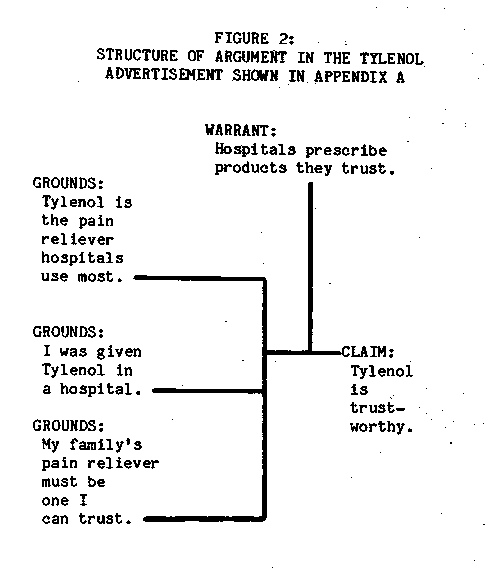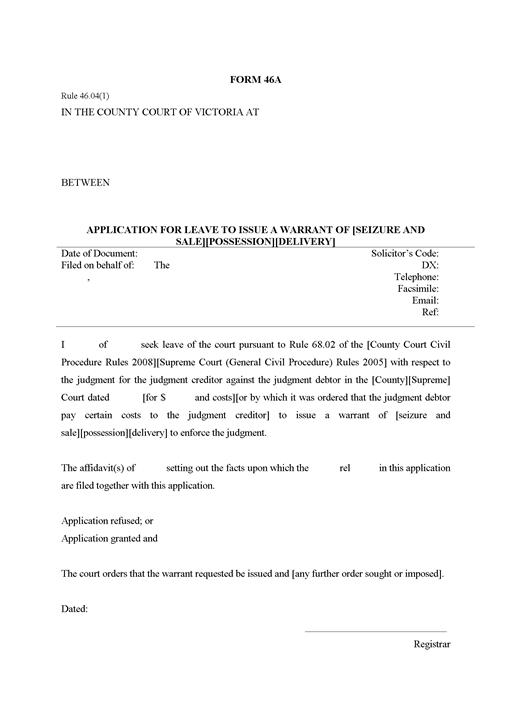Warrant Definition Example
Post on: 10 Июнь, 2015 No Comment

What it is:
Warrants are securities that give the holder the right, but not the obligation. to buy a certain number of securities (usually the issuer ‘s common stock ) at a certain price before a certain time. Warrants are not the same as call options or stock purchase rights.
How it works/Example:
Occasionally, companies offer warrants for direct sale or give them to employees as incentive, but the vast majority of warrants are attached to newly issued bonds or preferred stock .
For example, if Company XYZ issues bonds with warrants attached, each bondholder might get a $1,000 face-value bond and the right to purchase 100 shares of Company XYZ stock at $20 per share over the next five years. Warrants usually permit the holder to purchase common stock of the issuer. but sometimes they allow the purchaser to buy the stock or bonds of another entity (such as a subsidiary or even a third party).
The price at which a warrant holder can purchase the underlying securities is called the exercise price or strike price. The exercise price is usually higher than the market price of the stock at the time of the warrant’s issuance. In our example, the exercise price is $20, which is 15% higher than what Company XYZ stock was trading at when the bonds were issued. The warrant’s exercise price often rises according to a schedule as the bond matures. This schedule is set forth in the bond indenture.
One important characteristic of warrants is that they are often detachable. That is, if an investor holds a bond with attached warrants, he or she can sell the warrants and keep the bond. Warrants are traded on the major exchanges. In some cases, where warrants have been issued with preferred stock, stockholders may not receive a dividend as long as they hold the warrant as well. Thus, it is sometimes advantageous to detach and sell a warrant as soon as possible so the investor can earn dividends.
If the price of the stock is above the exercise price of the warrant, the warrant must have what is known as a minimum value. For example, consider the warrants to purchase 100 shares of Company XYZ for $20 per share anytime in the next five years. If Company XYZ shares rose to $40 during that time, the warrant holder could purchase the shares for $20 each, and immediately sell them for $40 on the open market. pocketing a profit of ($40 — $20) x 100 shares = $2,000. Thus, the minimum value of each warrant is $20.

It is important to note. however, that if the warrants still had a long time before they expired, investors might speculate that the price of Company XYZ stock could go even higher than $100 per share. This speculation. accompanied by the extra time for the stock to rise further, is why a warrant with a minimum value of $20 could easily trade above $20. But as the warrant gets closer to expiring (and the chances of the stock price rising in time to further increase profits get smaller), that premium would shrink until it equaled the minimum value of the warrant (which could be $0 if the stock price falls to below $20).
Why it Matters:
Warrants are not the same as call options. Call options are not detachable and they often have a shorter shelf life than warrants do (usually less than a year. versus five or more for warrants). They are also not the same as convertible securities, where the holder uses the principal of one security to purchase another security (usually a bond issuer ‘s stock ). For example, if the Company XYZ bond were a convertible bond. the holder could trade the bond’s $1,000 par value for a number of Company XYZ shares. But if the Company XYZ bond has a warrant attached, the investor must come up with additional money to purchase the shares at the exercise price (in this case 100 shares x $20 per share, or $2,000).
Securities with attached warrants allow their holder to participate in the price appreciation of the underlying security (Company XYZ common stock. in our example). This is because the higher the minimum value of the attached warrant, the higher the value of the bond or preferred shares. For example, the price of a Company XYZ bond with a warrant attached tends to rise as the price of Company XYZ common stock approaches the exercise price (similar to a call option ).














